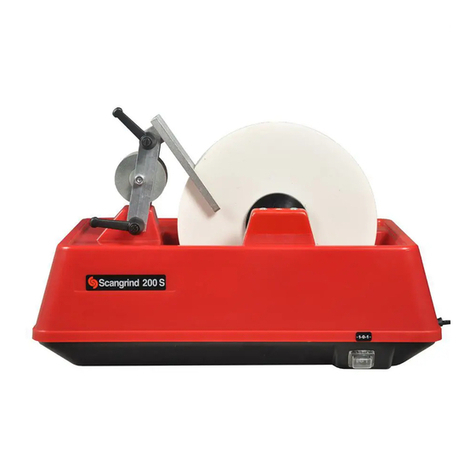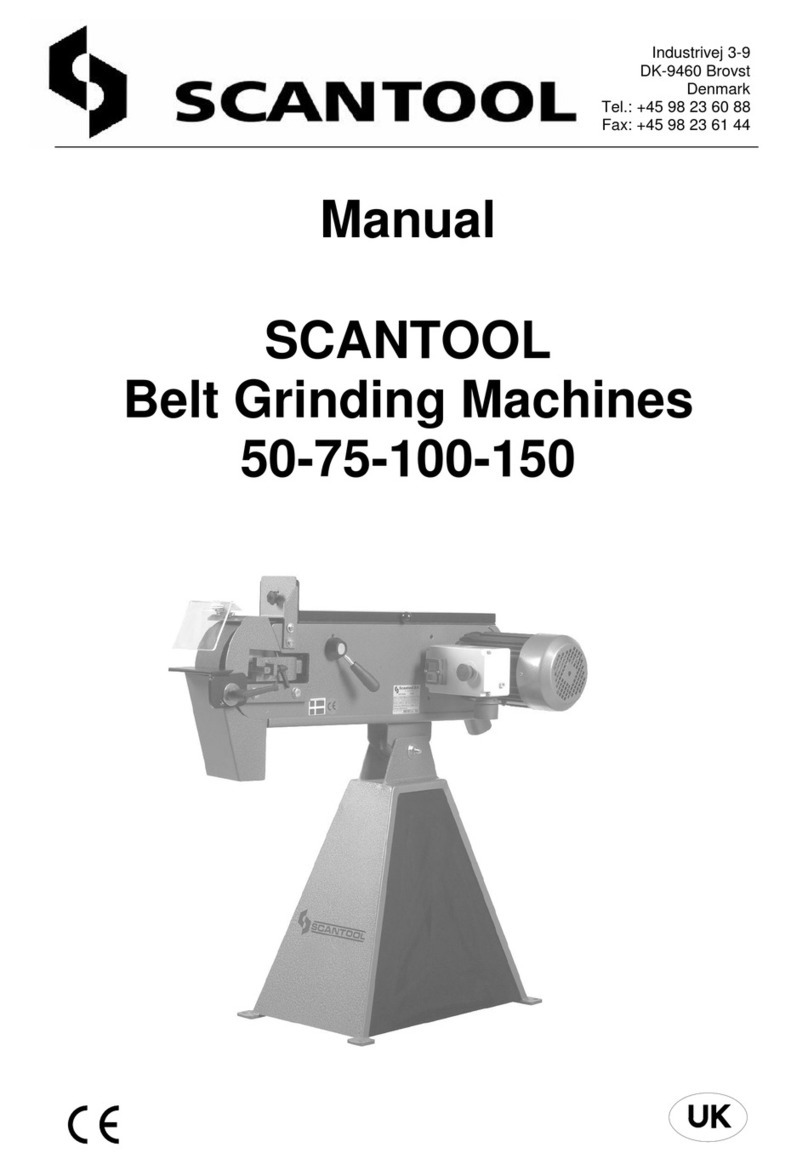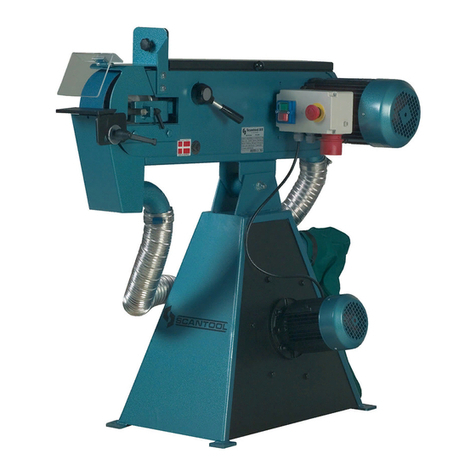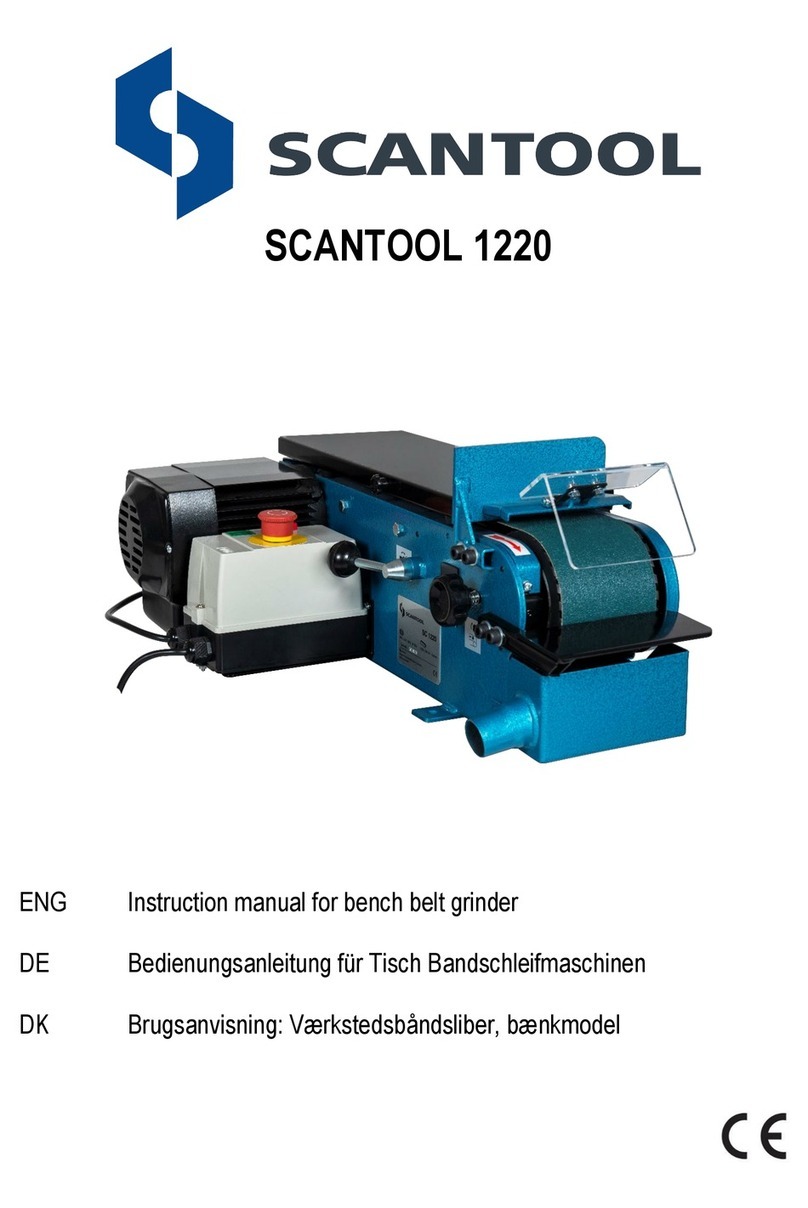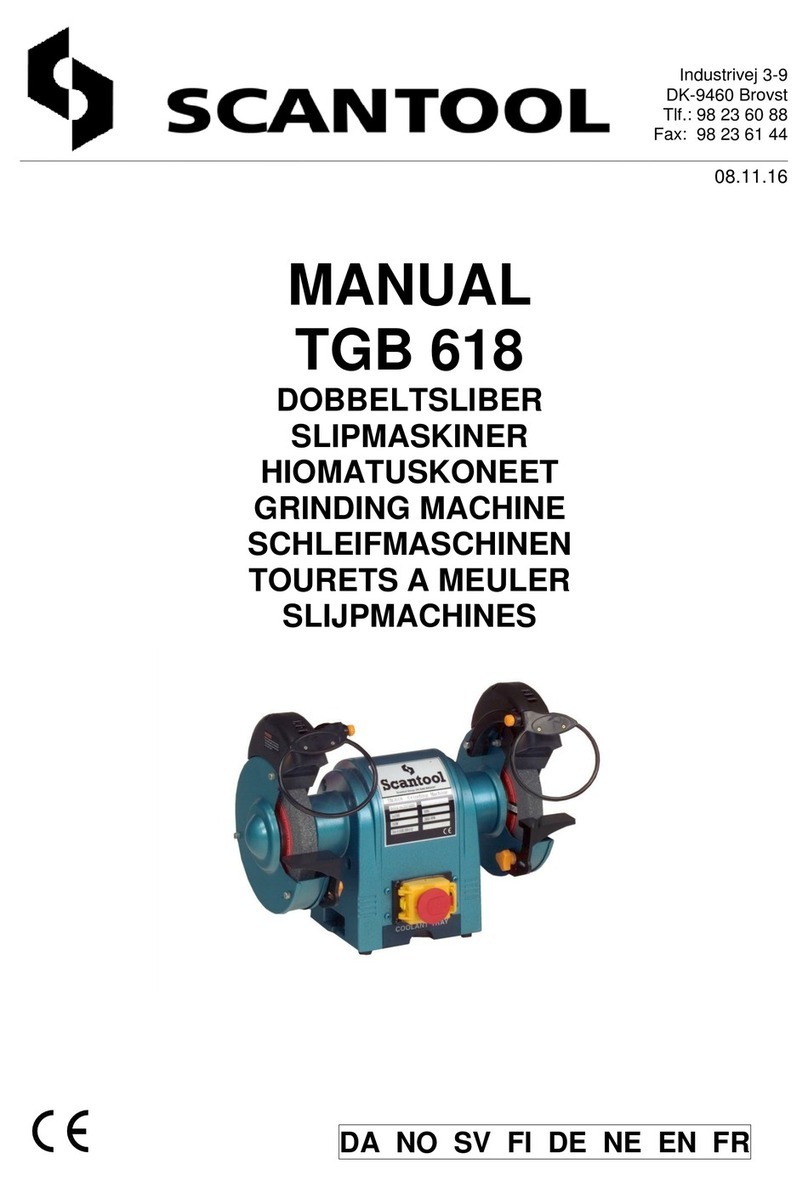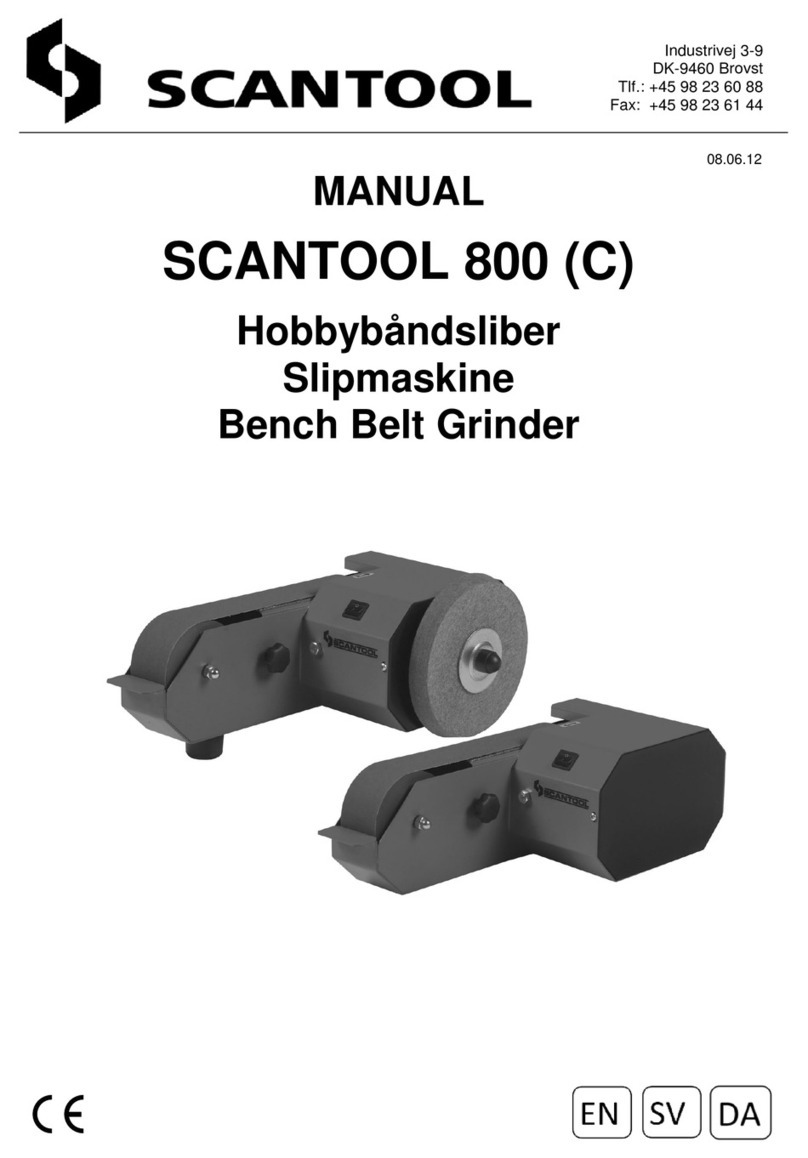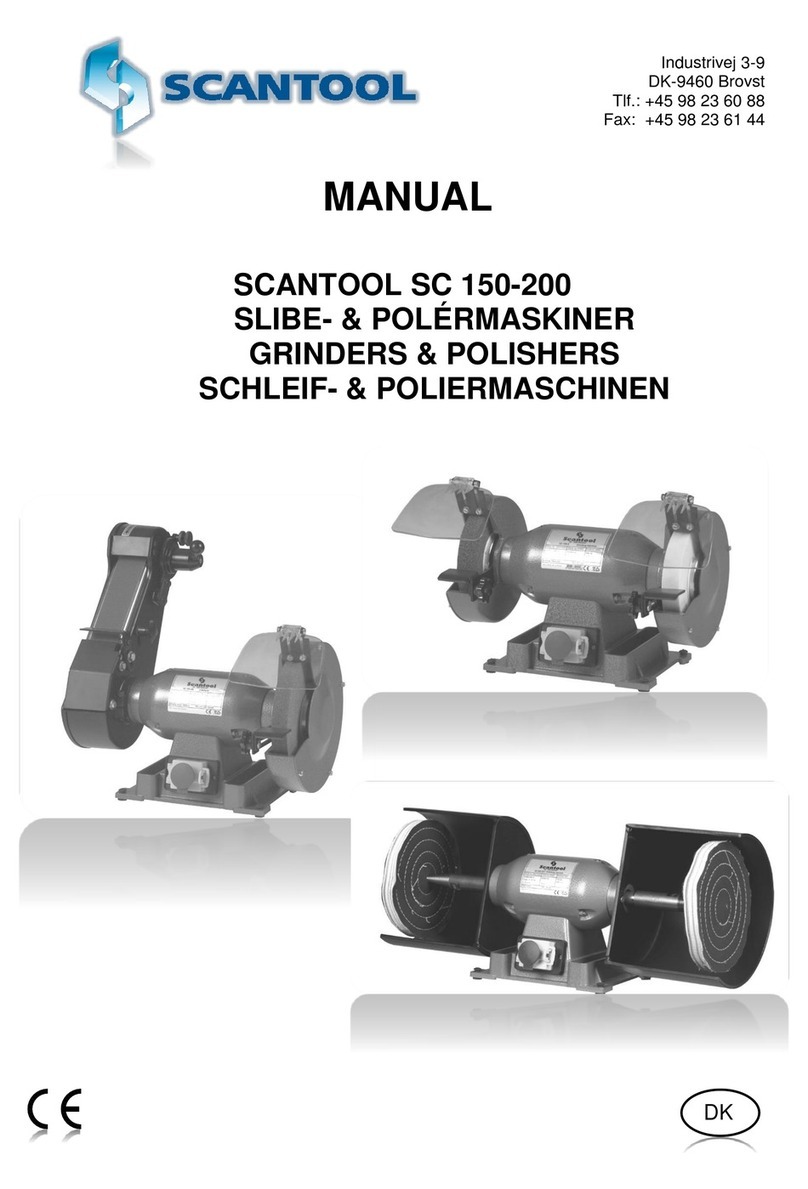Fig. 2.1.4 Roll holder and justification part i mounted.
2.2 Installing Belt Grinder and Mounting RB-Aggregate.
In the following you will need the tools below:
Spanners 2x17mm
Spanners 1x13mm
Spanners 1x10mm
1x3mm Hex key
1x5mm Hex key
Spirit level
2.2.a Installing the belt grinder.
The belt grinder should be installed at a level, smooth, solid surface. Attach it to the floor
and tilt it to horizontal position.
2.2.b Dismantling of two bolts.
Dismantle the two screws M10x16 on the right side of the belt grinder. See fig. 2.2.2.
2.2.c Connect the bodies of belt grinder and aggregate.
On the bottom of the belt grinder body is found one or two slotted holes. This is the belt
grinders original holes for mounting the spark box. The spark box is dismantled.
On the draft below the back side of the aggregate is seen to the right and the front of the
belt grinder is seen to the left. The draft below only shows one slotted hole as with a 75
model, where as 150-models have two slotted holes. The arrow starts at the assembling
part which is specially designed to connect belt grinder and RB-aggregate. The
assembling part has two threaded rods for a 150 RB-model as it follows.
Slide the front end of the aggregate in around the beltgrinder as the arrow shows on the
figure below. Push the aggregate in so the bottom of the aggregate goes under the bottom
of the belt grinder front and so the assembling part goes into the slot.






